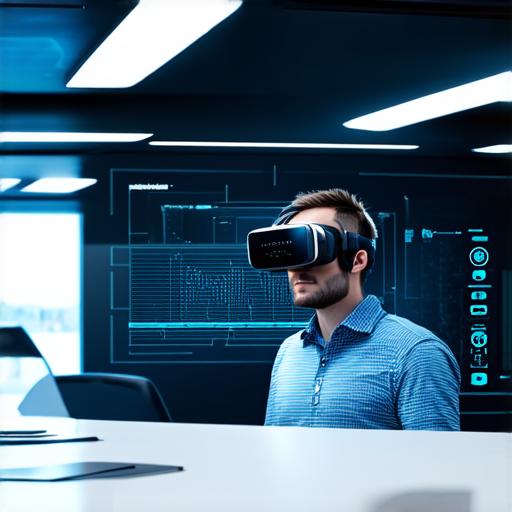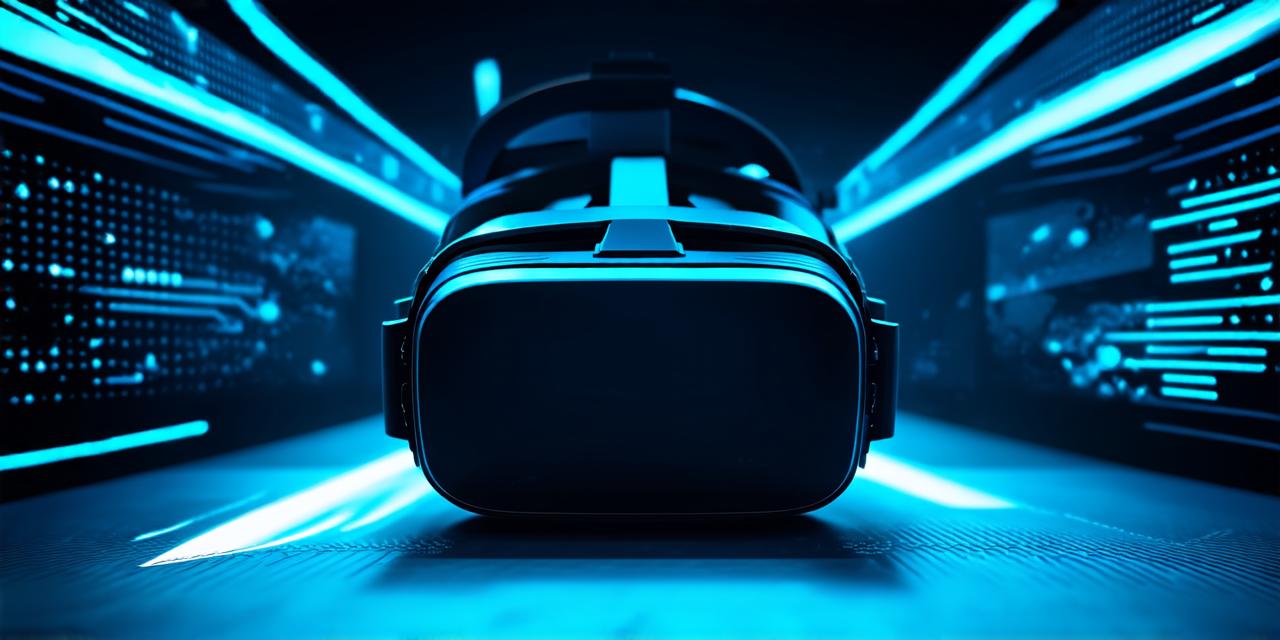
How does VR save money?
Virtual reality (VR) technology has been rapidly advancing in recent years, and with it, the potential for cost savings across a variety of industries.
In this article, we will explore how VR can save money through improved training, enhanced customer experiences, and increased efficiency.

Improved Training: One of the most significant ways that VR technology can save money is by improving training processes. Traditional training methods such as classroom instruction or on-the-job training can be expensive, particularly when it comes to costly equipment, materials, and travel expenses.
VR offers an alternative that is both cost-effective and more engaging. With virtual simulations, trainees can practice skills in a safe and controlled environment without the need for expensive equipment or real-world scenarios.
This allows companies to save on costs associated with training while also ensuring that their employees receive the best possible instruction.
Enhanced Customer Experiences: VR technology has also revolutionized customer experiences, particularly in industries such as retail and hospitality.
Virtual reality allows customers to explore products and services in a more immersive way, which can lead to increased sales and greater customer satisfaction. For example, a hotel chain could use VR technology to allow potential guests to tour their properties virtually before making a booking decision.
This can save money on marketing expenses, as well as reduce the number of customer complaints or returns due to dissatisfaction with the property.
Increased Efficiency: Finally, VR technology can help increase efficiency across a variety of industries.
For example, in the construction industry, virtual reality can be used to create simulations of building sites, allowing architects and engineers to explore designs and identify potential issues before construction begins.
This can save time and resources by reducing the need for physical prototypes or revisions, as well as minimizing the risks associated with construction projects. Similarly, in the manufacturing industry, VR technology can be used to simulate production processes and identify potential bottlenecks or inefficiencies, allowing companies to optimize their operations and reduce costs.
In conclusion, virtual reality technology offers a range of cost savings benefits across a variety of industries. By improving training processes, enhancing customer experiences, and increasing efficiency, VR can help businesses save money while also achieving greater success and growth.

